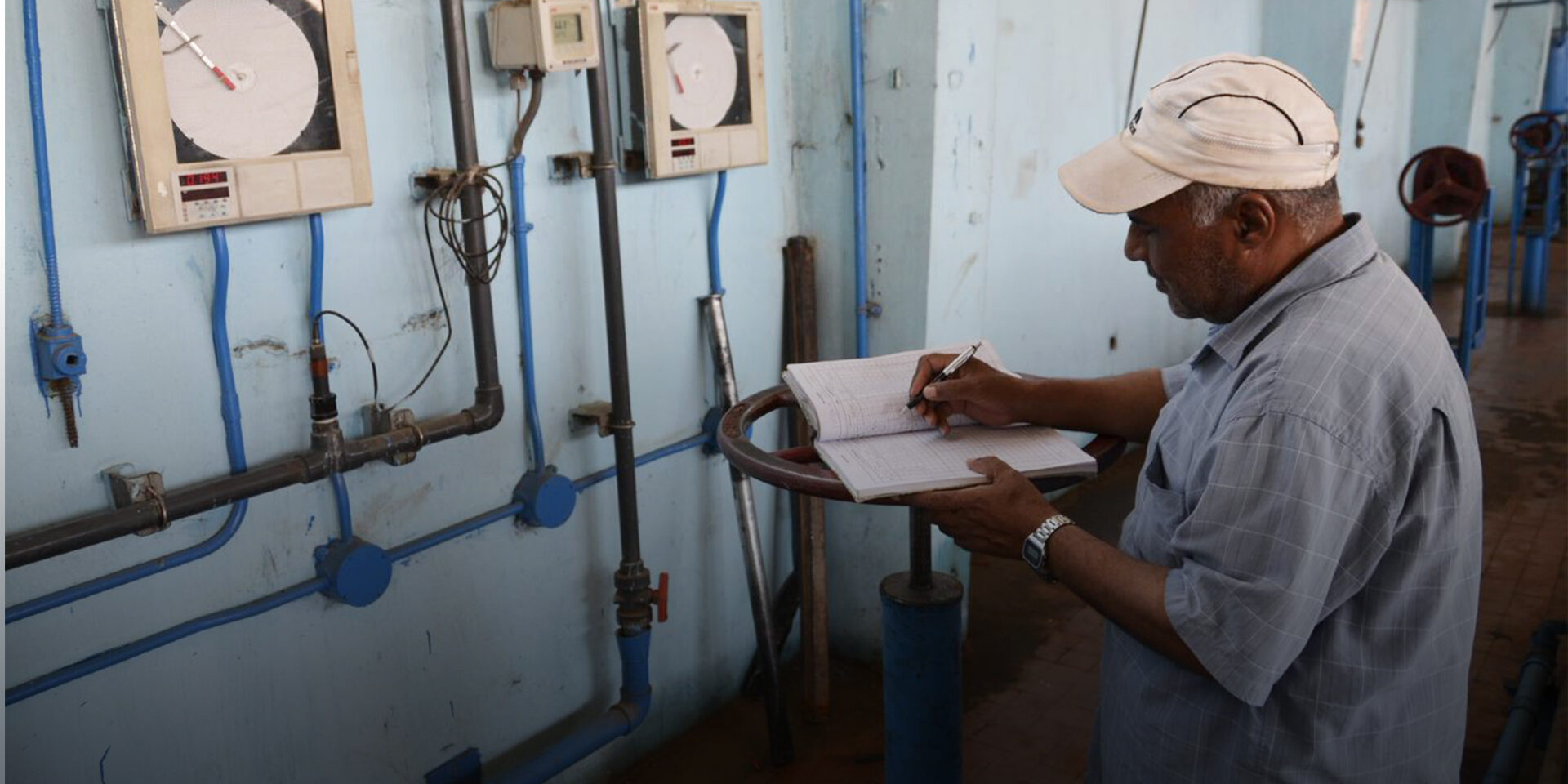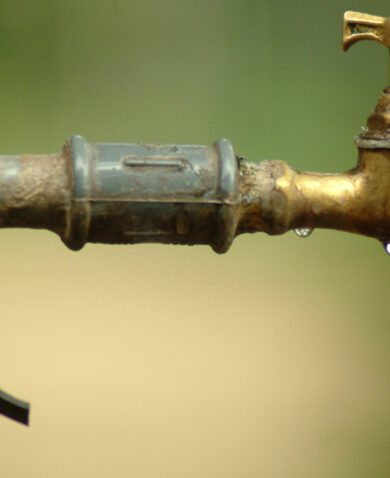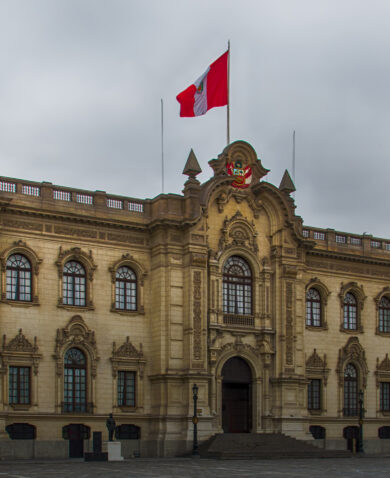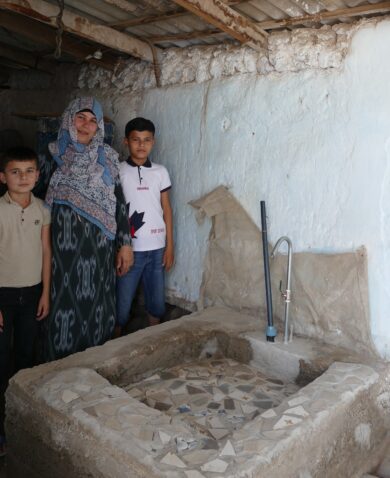
What Is Needed to Mobilize Commercial Finance for the Water Sector?
March 17, 2021 | 4 Minute ReadMichael Ashford, Lance Morrell, and Owen Scott provide a three-step approach for donors to recommit themselves to support governments, due to a large financing gap in causes that address water and sanitation needs in low- and middle-income countries.
![]() The projections of the financing needed for water infrastructure range from $6.7 trillion by 2030 to $22.6 trillion by 2050. These estimates do not include investments needed for water resources, irrigation, or energy. Further, the World Bank has estimated that to deliver universal access to safe water and sanitation services under the Sustainable Development Goals (SDGs), current investments in infrastructure will need to increase three-fold to reach the estimated requirements of $114 billion per year. Regardless of how you estimate the needed investments for water, sanitation, and hygiene (WASH), the costs are huge and exceed the current capacity of the public sector to finance.
The projections of the financing needed for water infrastructure range from $6.7 trillion by 2030 to $22.6 trillion by 2050. These estimates do not include investments needed for water resources, irrigation, or energy. Further, the World Bank has estimated that to deliver universal access to safe water and sanitation services under the Sustainable Development Goals (SDGs), current investments in infrastructure will need to increase three-fold to reach the estimated requirements of $114 billion per year. Regardless of how you estimate the needed investments for water, sanitation, and hygiene (WASH), the costs are huge and exceed the current capacity of the public sector to finance.
While investment needs in the WASH sector are huge, pension funds, insurance companies, sovereign wealth funds, and banks hold approximately $100 trillion in assets globally. The total official development assistance from all donors is equal to approximately 0.1 percent of this — about $127 billion. Many of these potential sources of funding have been reluctant to invest in water and sanitation in low- and middle-income countries (LMICs) however, largely because of the perceived risks in the WASH sector.
The U.S. Government Global Water Strategy states that foreign assistance can only provide a small portion of the funds needed to meet water and sanitation needs; thus, those funds must be used strategically to mobilize financial resources from host country governments, the private sector, and capital markets. Unless governments can demonstrate commitment to the delivery of sustainable water supply and sanitation services, commercial financiers will consider the credit risks to be too large and invest their funds elsewhere.
Therefore, to address the financing gap, donors must recommit themselves to supporting governments in the following ways: (1) improving the overall enabling environment using a framework such as USAID’s Financing Self-Reliance model; (2) using the funds provided to governments to attract the additional investments needed from the domestic commercial financiers, and; (3) improving the efficiency of water and sanitation service providers and increasing their ability to attract private financing on their own.
1) Implementing the USAID Strategy for Financing Self-Reliance (FSR).
USAID’s FSR Strategy emphasizes a country’s capacity to plan, finance, and implement its own development solutions. Through the FSR strategy, USAID proposes to create conditions under which domestic resource mobilization and public financial management coupled with an enabling environment for private investment will lead to efficient public service delivery, and financial markets which can mobilize needed domestic and international financing. In the water sector, the FSR strategy could lead to increased utility performance and operating efficiencies, which would facilitate access to private financial resources needed to achieve the SDGs.
2) Attracting Domestic Private Investment to the WASH Sector.
Private capital often remains underinvested in or does not flow to sectors important to the development community due to risk-aversion, immature markets, high transaction costs, or a lack of market knowledge. Governments need private investors to close the financing gap; however, these investors perceive significant risks in providing long-term financing to water utilities. To mobilize commercial finance from domestic sources, donors and governments should address critical policy reforms to promote efficiency gains, cost reductions, and cost recovery, as well as increase the emphasis placed on tariffs as the primary and the most sustainable source of revenue for service providers.
LMICs will also need to address subsidies and revise existing water subsidy policies to make subsidies more targeted and efficient. Targeted subsidies should be provided to the most vulnerable members of the community, while operating subsidies for service providers should be eliminated. Operating subsidies enable service providers to postpone efforts to reduce costs and improve efficiency, and these subsidies disproportionately benefit those that consume most of the services — the wealthiest members of the community.
3) Developing Creditworthy Water and Sanitation Utilities.
To attract commercial financiers to the WASH sector, central and local governments need to work closely with these financiers to understand their perception of the risks and to design measures to mitigate those risks. Generally, the primary risk in any project is the credit risk and whether the investor will be repaid. Governments can reduce the credit risk by demonstrating that the utility has the ability and willingness to service its debt obligations — being creditworthy. Governments can also take steps to ensure that the utility can design projects which will generate sufficient cash flow to repay the associated loans — a bankable project.
USAID — through its Private Sector Engagement Policy and expanded engagement with the private sector — and other donors can play a significant role in helping governments mitigate these identified risks. This support could include providing capacity building to ministries, oversight agencies, or regulators, support to improve the government’s sectoral policies and institutional arrangements, and support to strengthen domestic capital markets. This support should also encourage governments to improve the financial viability of their utilities and make them more creditworthy, thus addressing a major risk factor for private investors.
The international development community must more effectively use limited concessional financing to encourage private financiers to begin to provide commercial financing to the WASH sector and enable governments to identify and mitigate the risks in lending to the sector. Given nonexistent or limited use of commercial finance in many cases, this can happen gradually and in tandem with improving the financial performance of service providers through a mix of improved technical and commercial efficiencies, and governance and regulatory reforms. Increasing the level of commercial finance for the WASH sector would allow service providers to invest in expanding and improving the quality of services without having to wait for scarce public resources to be made available.
Banner image caption: An operator checks the meter in a water plant in Egypt, as part of USAID’s Improved Water and Sanitation Services in the Middle East and North Africa Region (IWSMR) program.
Posts on the blog represent the views of the authors and do not necessarily represent the views of Chemonics.
































